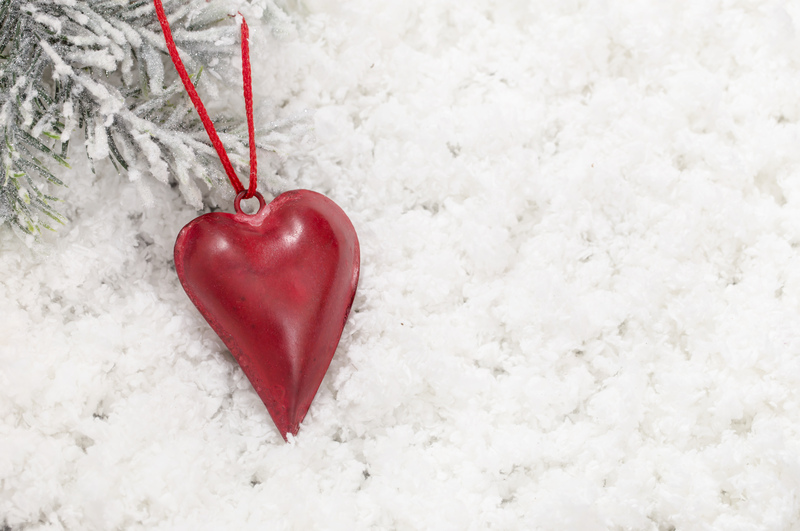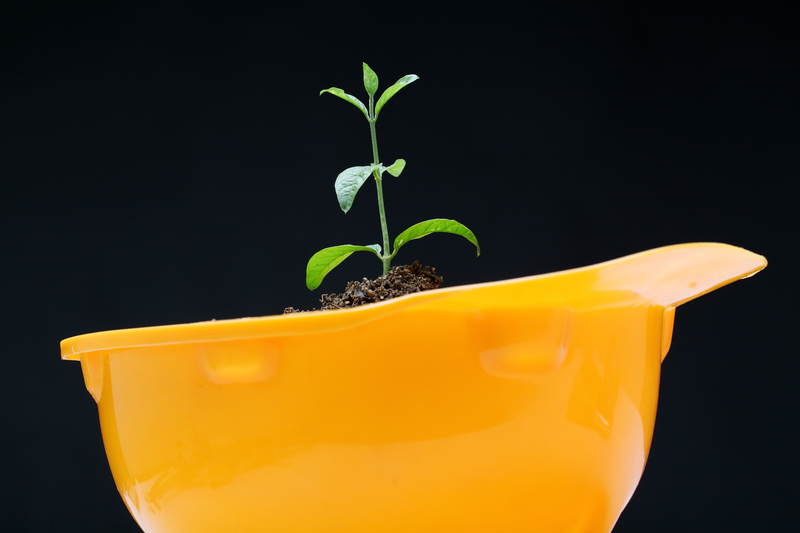Understanding the Process Behind Transforming Plastic Waste Into New Items
In recent decades, plastic pollution has surged into a global crisis. From oceans to city streets, discarded plastic now touches nearly every natural habitat. Yet, an exciting silver lining exists: the ability to transform plastic waste into new items. Through innovative recycling processes and advanced technologies, plastic waste can be converted into reusable, valuable products--supporting a sustainable, circular economy. This article provides an in-depth, SEO-optimized, and reader-friendly exploration of how plastic waste is turned into new items, outlining the steps, methods, challenges, environmental impacts, and the bright future of plastic recycling.
Why Transform Plastic Waste Into New Items?
The world produces over 400 million tons of plastic annually, with a significant portion ending up as environmental contaminants. By recycling and converting plastic waste into usable items, we achieve essential goals:
- Reducing landfill use and pollution
- Conserving natural resources
- Decreasing greenhouse gas emissions
- Promoting circular economic models
- Fostering innovation and green jobs

The Lifecycle of Plastic: From Waste To New Products
Step 1: Collection of Plastic Waste
The first step in turning plastic waste into new items is efficient and widespread collection. Whether gathered from households, businesses, or environmental cleanups, collected plastic must be sorted by type and quality.
- Municipal collection systems: Curbside recycling bins, community drop-off points, and commercial recycling programs.
- Informal collection: Waste pickers, NGOs, and environmental groups play a vital role in regions lacking formal infrastructure.
Proper collection is the foundation for a successful plastic repurposing process.
Step 2: Sorting and Cleaning
Once collected, plastics are sorted by resin code (plastic type) and color. This matters because different types (such as PET, HDPE, LDPE, PP, and PS) have unique properties and melting points.
- Manual Sorting: Workers separate plastics by hand based on markings or characteristics.
- Automated Sorting: Optical scanners and AI-powered sorters identify and separate plastics at high speed.
After sorting, the plastic is washed thoroughly to remove contaminants--such as food residue, labels, adhesives, or other materials. Clean plastics result in higher-quality recycled products.
Step 3: Shredding and Size Reduction
Cleaned and sorted plastics are then shredded into small pieces or flakes. This facilitates further processing by increasing the surface area and making melting or chemical reactions more efficient.
- Mechanical shredders: Break down large plastic items into manageable sizes.
- Granulators: Further reduce particle size, creating uniform flakes or granules suitable for reprocessing.
Step 4: Identification and Separation of Polymers
At this stage, additional technologies--such as float-sink tanks, air classifiers, and electrostatic separation--may be used to further separate plastics. The efficiency here is crucial, as mixing polymers can compromise the quality of the new items.
Step 5: Processing and Transformation Techniques
The recycled plastic flakes or pellets now undergo a transformation process. There are two main methods for transforming plastic waste into new products:
-
Mechanical Recycling:
- Melting and remolding: Plastic flakes are heated and melted, then injected or extruded into new shapes (bottles, pipes, packaging, textiles, etc.).
-
Chemical Recycling:
- Depolymerization: Plastics are chemically broken down to their original monomers, purified, and then repolymerized into new plastics--offering quality nearly equal to virgin material.
Mechanical recycling is most common, particularly for PET and HDPE plastics. Chemical recycling is increasingly important for handling mixed or contaminated plastics that can't be mechanically recycled.
Step 6: Manufacturing New Products
Recovered plastic material, now in the form of pure pellets, fibers, or resin, is ready for manufacturing new items. Some common products made from recycled plastic include:
- Clothing and textiles (e.g., fleece jackets, activewear)
- Packaging (bottles, containers, bags)
- Construction materials (pipes, tiles, lumber)
- Household goods (furniture, decor, kitchenware)
- Automotive components
- 3D printing filaments
The final product often contains a blend of recycled and virgin plastic--improving strength and durability while still reducing overall environmental impact.
Variations and Innovations in Plastic Waste Conversion
Advanced Chemical Recycling Techniques
New technologies are constantly emerging to tackle difficult-to-recycle plastics. Specialty processes such as pyrolysis, gasification, and solvolysis are leading the way. These approaches break down plastics into fuels, raw chemicals, or basic polymers, expanding the range of recyclable plastics.
- Pyrolysis: Heating plastics without oxygen converts them into oil or gas, which can be used as energy or refined into new plastics.
- Gasification: Converts plastics into syngas (hydrogen, carbon monoxide) that can be used to create new chemical products.
- Enzymatic Recycling: Advanced biotechnology uses engineered enzymes to digest and depolymerize plastics at low temperatures.
Closed-Loop vs. Open-Loop Recycling
There are two main approaches for recycling plastic waste into new products:
- Closed-Loop Recycling: Recycled plastic is used to make products similar to the original (e.g., bottle-to-bottle recycling).
- Open-Loop (Downcycling): Recycled plastic is turned into different, often lower-value products (e.g., bottles into outdoor benches).
Closed-loop systems are preferred, as they support a true circular economy. However, not all plastics can be recycled this way due to contamination or degradation.
Environmental and Economic Impacts
Environmental Benefits
- Reduces landfill burden: Transforming plastic waste conserves space and prevents toxins from seeping into the environment.
- Prevents ocean pollution: Recycling curbs the flow of plastic into waterways, protecting marine life.
- Energy savings: Producing items from recycled plastic usually requires less energy than starting from virgin raw materials.
- Lowers carbon footprint: Fewer emissions are linked to recycled plastic manufacturing compared to virgin plastic.
Economic and Social Benefits
- Creates jobs: Collection, sorting, processing, and manufacturing with recycled plastics support employment.
- Encourages innovation: The quest for efficient plastic repurposing drives technological advancements.
- Supports circular economies: Reduces demand for finite raw materials, promoting long-term sustainability.
Challenges in Transforming Plastic Waste Into New Products
Sorting and Contamination
Plastics often become contaminated with food, adhesives, or other materials that make recycling difficult. Accurate sorting systems, public education, and product design for recyclability are crucial to overcoming this obstacle.
Plastic Degradation
Not all plastics can be recycled indefinitely. Each cycle can degrade mechanical properties, resulting in "downcycled" products. Research into chemical recycling and blending additives is helping to improve the quality of recycled plastics.
Mixed and Composite Materials
Multi-layer packaging (such as chips and snack bags) and mixed-material products (like electronic waste) remain a significant hurdle for the recycling industry. Advanced chemical and enzymatic technologies are being developed to address these challenges.
Future Trends: The Next Generation of Plastic Recycling
Bioplastics and Alternative Materials
The push for sustainable materials has spurred research into bioplastics and plant-based alternatives. While not a panacea, these options can complement recycling efforts to further reduce fossil plastic waste.
Design for Recycling (DfR)
Manufacturers are increasingly focusing on designing products with eventual recycling in mind. This includes using mono-materials, simplified packaging, and clear labeling to facilitate the circular economy of plastics.
Global Initiatives and Policies
Governments and international organizations are enacting stricter rules, encouraging companies to take responsibility for their plastic waste (Extended Producer Responsibility or EPR). These efforts promote higher recycling rates and technological investment.

How You Can Help: Tips For Effective Plastic Waste Recycling
The transformation of plastic waste into new items begins at the individual level. To aid the plastic upcycling process:
- Sort waste correctly: Follow local guidelines and separate plastics by type.
- Clean plastics before recycling: Rinse out containers to remove food and liquid contaminants.
- Reduce and reuse: Minimize single-use plastics, opt for reusable products, and support items made from recycled materials.
- Support recycling programs: Advocate for improved recycling infrastructure in your community.
- Stay informed: Learn about which plastics are recyclable in your area and the latest developments in recycling technologies.
Conclusion: Toward a Sustainable Future with Circular Plastics
The journey of turning plastic waste into new items is intricate yet profoundly impactful. With evolving collection, processing, and conversion methods, the recycling of plastics is a cornerstone of environmental stewardship and circular economies. Innovations in advanced chemical recycling, product design, and policy frameworks promise to make plastic upcycling even more efficient and effective.
By understanding and supporting the process behind transforming plastic waste into new products, every individual and business can play a role in building a cleaner, greener future for the planet.
Transforming our relationship with plastics--one bottle, one bag, and one innovation at a time--will create lasting positive change for generations to come.